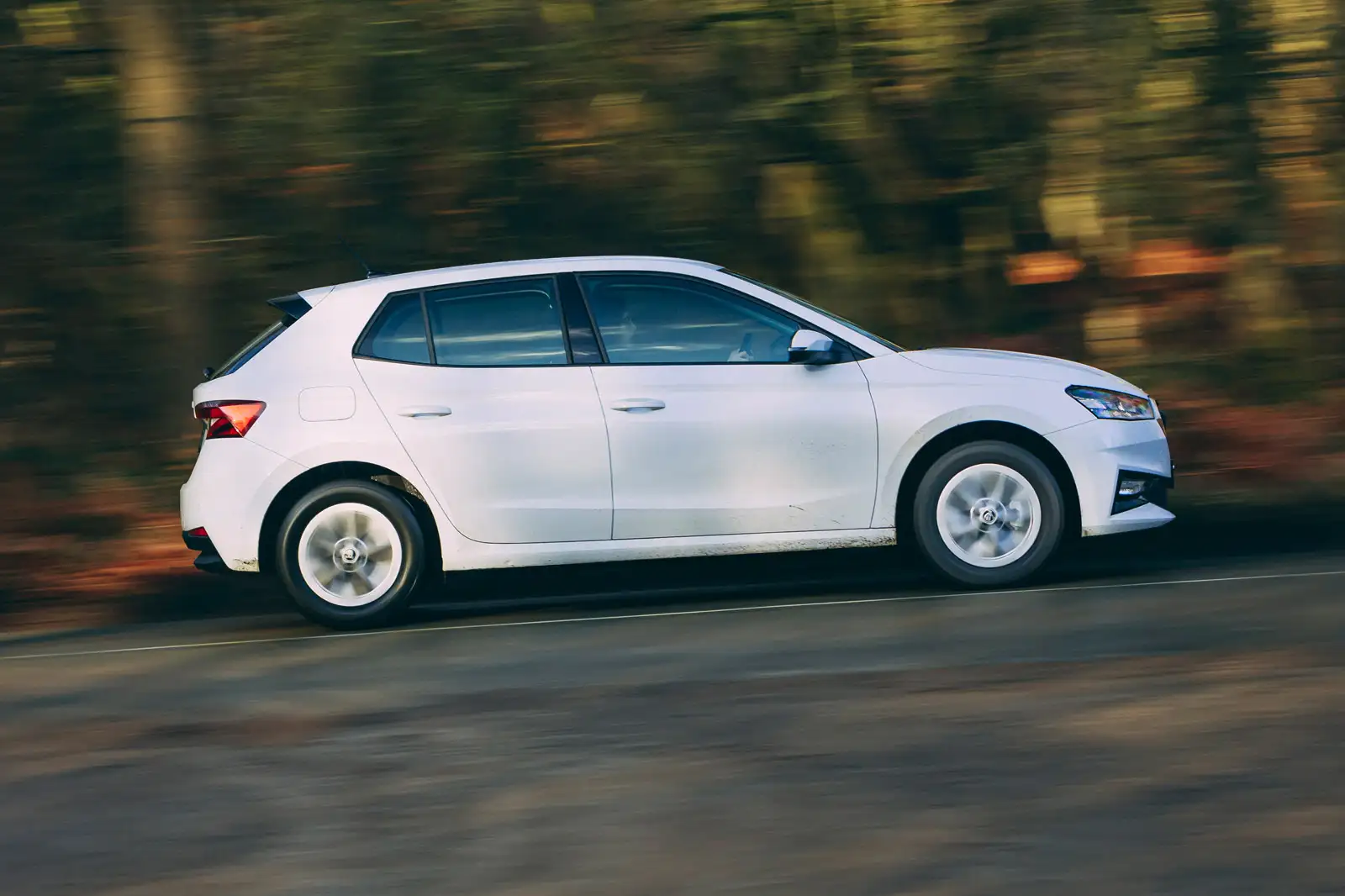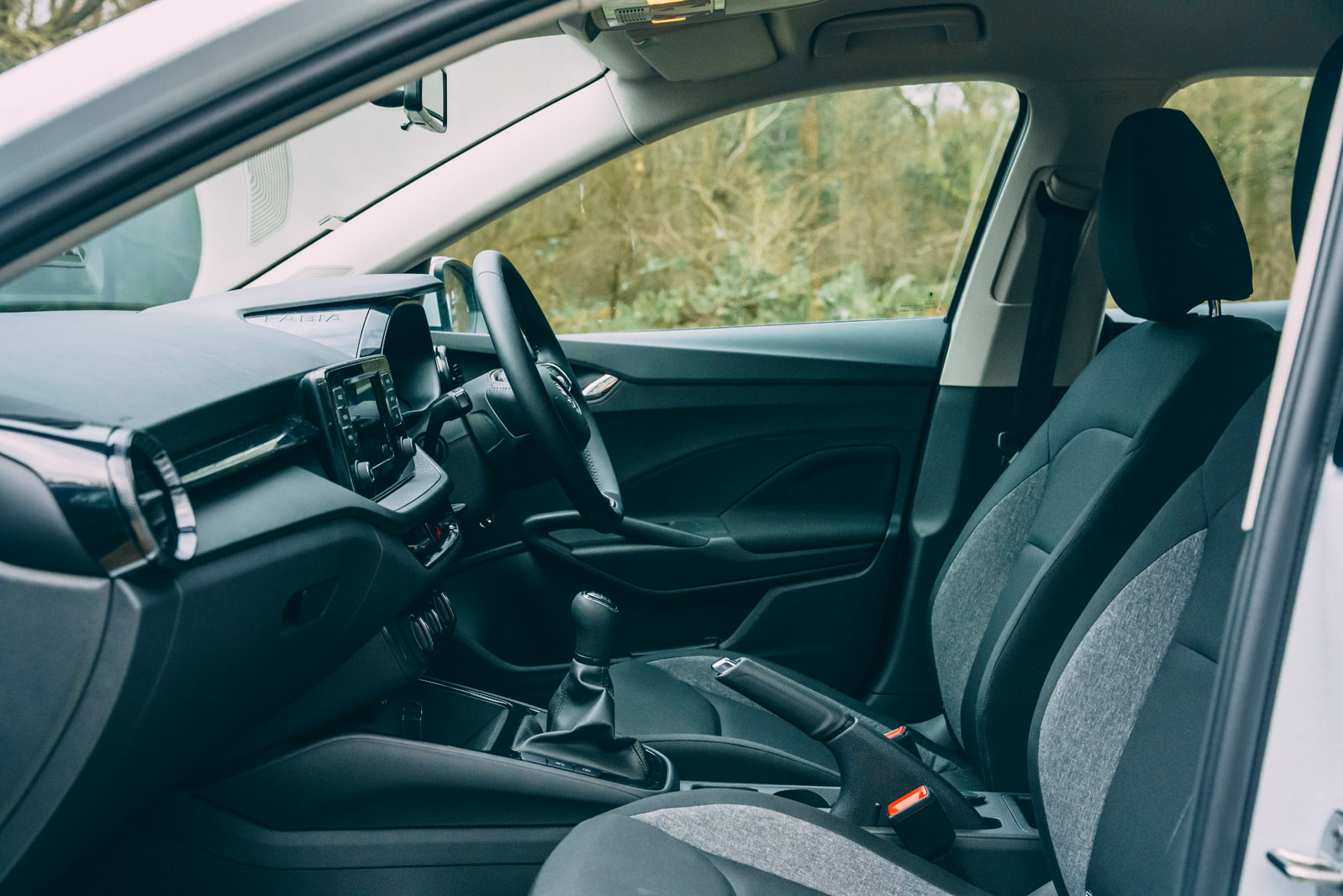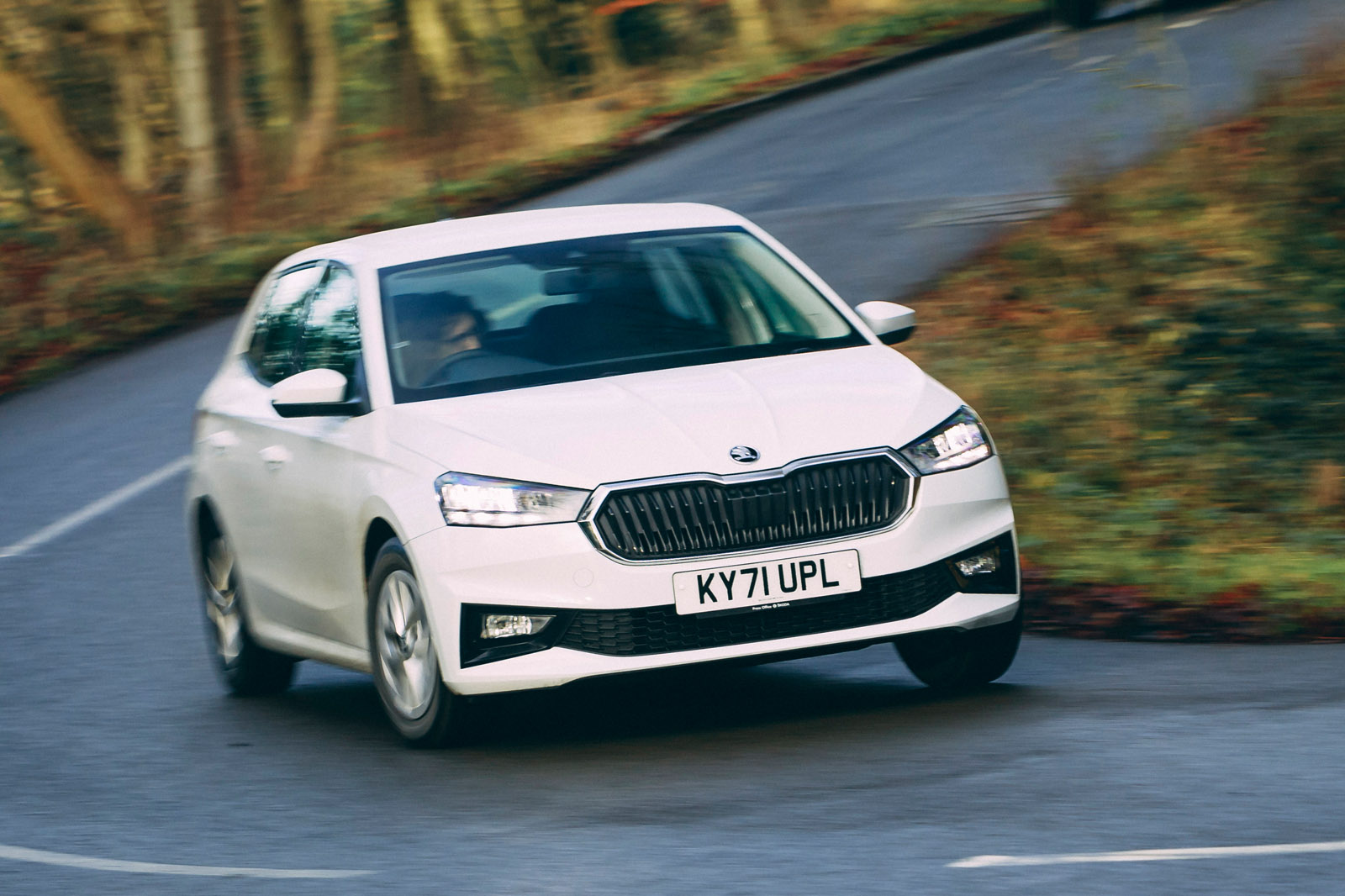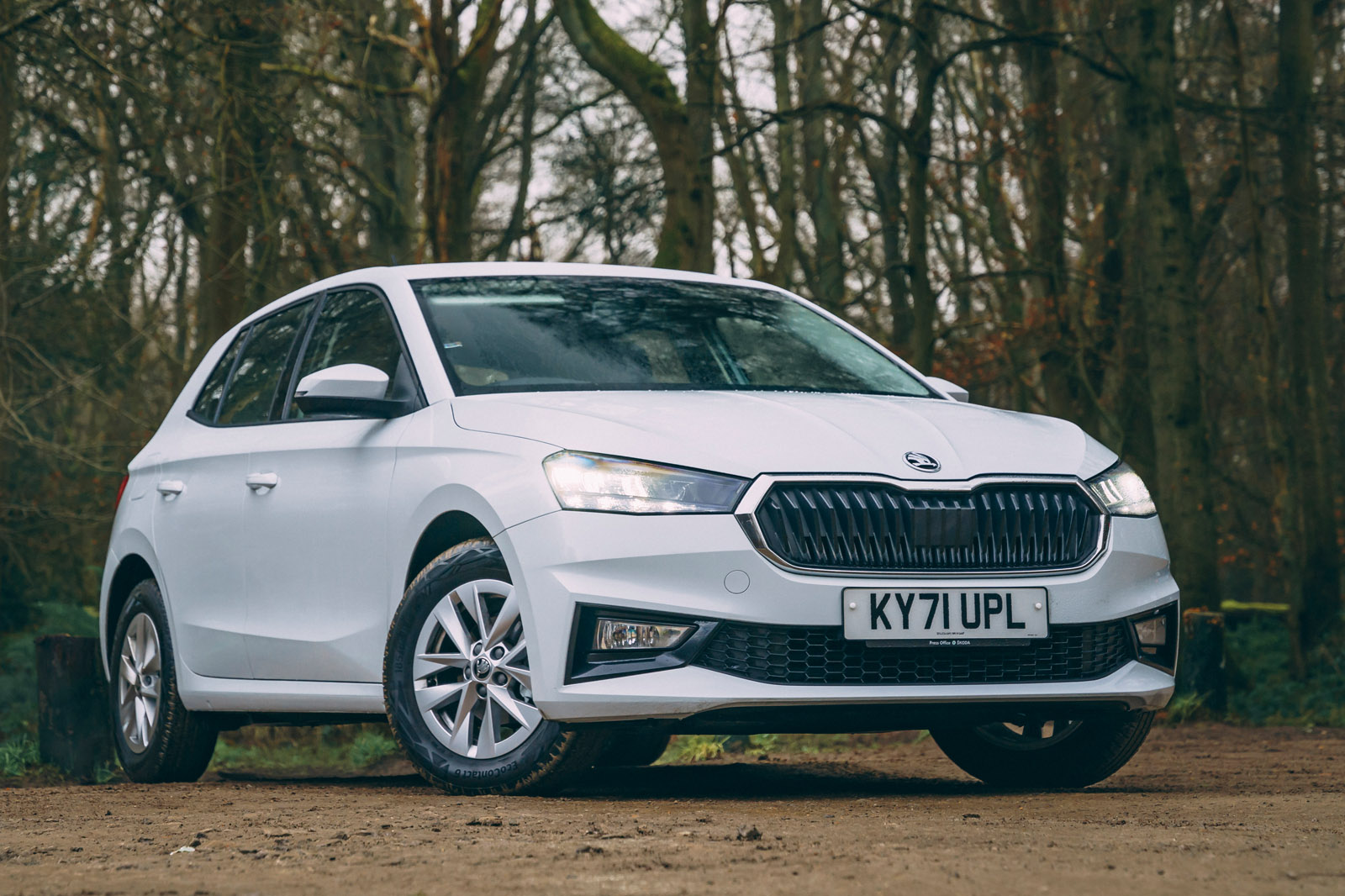We return to the bustling core of the European car market for this week’s road test subject - the new Skoda Fabia. In spite of all the strategic plans for decarbonisation of model lines both great and small, and everything else going in more rarefied parts of the market, the petrol supermini remains an absolutely central player in our consumption of the new car. Four of the UK’s 10 best-selling cars in 2021 were superminis. On the European continent, it was five in 10.
The inexorable rise and rise of the electric car, and of SUVs and SUV-alikes, might have pulled the rug out from underneath any number of more traditional vehicle classes, but our appetite for the sort of compact, functional new cars that provide freedom and mobility at lower prices hasn’t been dulled one jot by any of those new sales phenomena.
Skoda is now betting on that enduring appetite – and bidding, even, to serve a bigger share of it – with a model that has appeared among Europe’s best-selling new cars on only a couple of monthly occasions in the entirety of its 22-year history: the spacious, unpretentious and inexpensive Fabia. Having been routinely outsold by the bigger Skoda Octavia hatchback for three full model generations of its life so far, the car now comes to us having been made bigger of footprint, more sophisticated of aspect, and more stacked with active and passive safety technology than ever.
























































